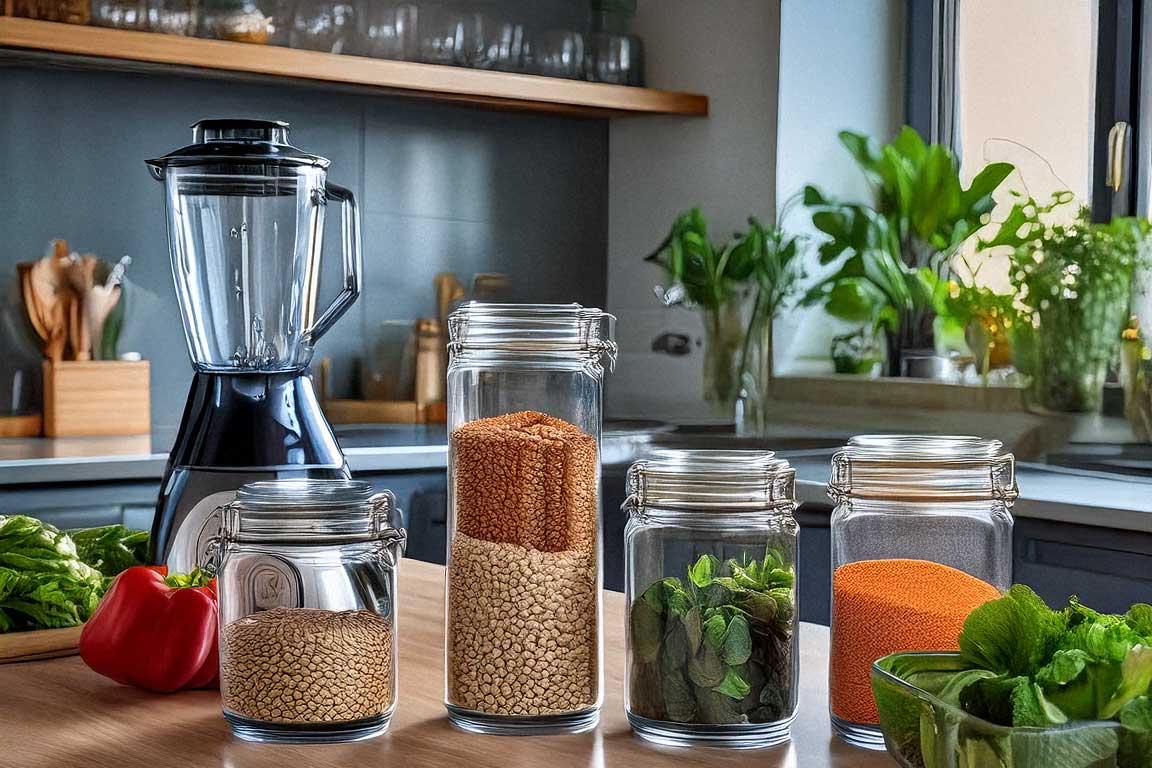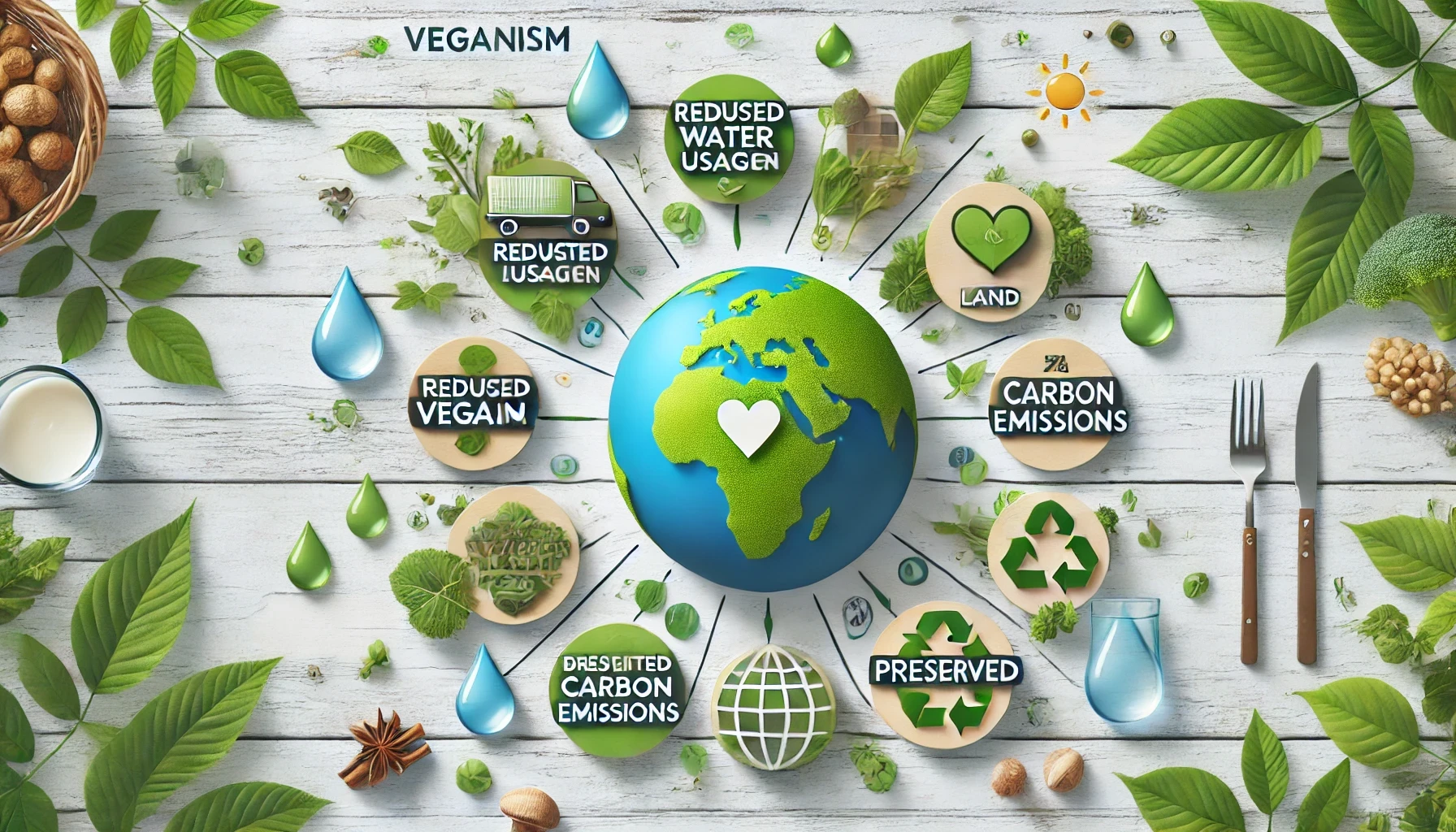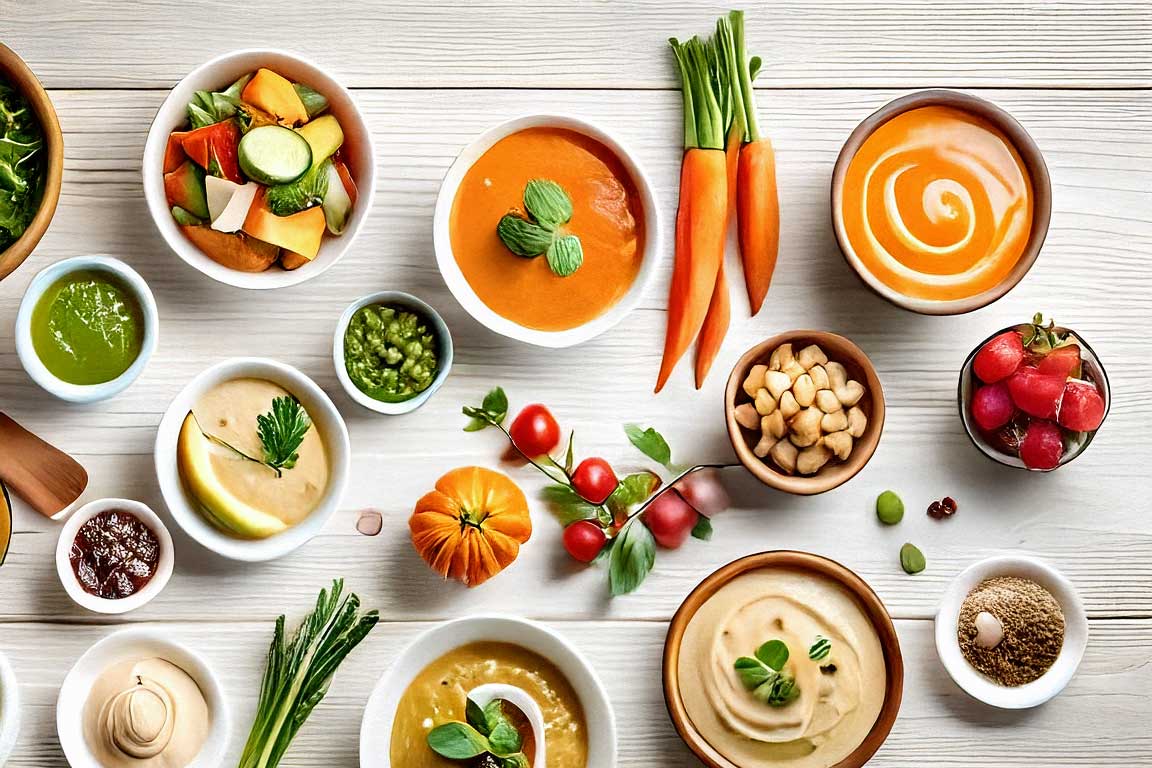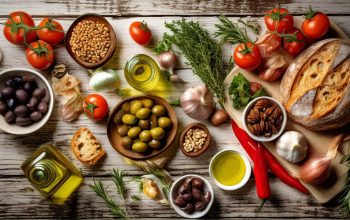Are you ready to explore the world of vegan cuisine? Whether you’re a committed vegan or just curious about plant-based meals, this post will guide you through exciting suggestions, practical tips, and fascinating facts. Vegan cooking is more than a lifestyle—it’s a celebration of flavors, creativity, and health. Let’s dive into this colorful world together!
Why Choose Vegan?
Veganism is more than just a dietary choice—it’s a lifestyle with a profound impact. Here’s why it’s worth considering:
- Health Benefits: Vegan diets can lead to lower risks of heart disease, improved digestion, and better energy levels thanks to fiber-rich and nutrient-dense ingredients.
- Environmental Preservation: Opting for plant-based meals helps conserve water, reduce carbon footprints, and minimize deforestation.
- Global Sustainability: Plant-based agriculture uses fewer resources compared to animal farming, making it a sustainable choice for a growing population.
- Ethical Considerations: By excluding animal products, veganism supports the welfare of animals and promotes compassion.
“Switching to veganism can seem small, but it creates a ripple effect of positive change for health, animals, and the environment.”
The Basics of a Vegan Kitchen
A well-equipped vegan kitchen is your gateway to success. It’s all about having versatile ingredients and tools to make cooking simple and enjoyable.
| Staple Ingredient | Uses | Health Benefits |
|---|---|---|
| Quinoa | Base for salads, bowls, and patties | High in protein and essential amino acids |
| Chickpeas | Soups, hummus, and snacks | Rich in fiber and plant protein |
| Cashews | Creamy sauces, cheeses, and desserts | Good source of healthy fats and magnesium |
Practical Tips for Vegan Beginners
Transitioning to a vegan diet doesn’t have to be overwhelming. Here are some strategies for making it enjoyable:
- Plan Ahead: Meal prep at the start of the week to ensure quick, balanced meals during busy days.
- Find Alternatives: Explore vegan replacements for your favorite dishes, like jackfruit for pulled “pork” or cauliflower for pizza crusts.
- Learn Simple Techniques: Blending, roasting, and sautéing can bring out the best in plant-based ingredients.

Expanding Your Vegan Journey
As you delve deeper into vegan living, you’ll find that it’s about more than just food—it’s a lifestyle that aligns with health, sustainability, and ethics. Here are ways to deepen your journey:
- Explore Local Markets: Farmer’s markets often have fresh, seasonal produce that inspires creativity in your meals.
- Grow Your Own Food: Even a small herb garden can provide fresh flavors and a sense of accomplishment.
- Support Vegan Brands: Look for companies that align with your values by offering cruelty-free and eco-friendly products.
Dispelling Common Myths About Veganism
Veganism is often misunderstood. Let’s address some common myths:
- Myth: Vegan diets lack protein.
Truth: Plenty of plant-based sources, like lentils, tofu, and quinoa, are rich in protein. - Myth: Veganism is expensive.
Truth: Staples like beans, rice, and seasonal vegetables are budget-friendly and nutritious. - Myth: Vegans can’t enjoy desserts.
Truth: Vegan baking uses ingredients like almond milk, flaxseeds, and dark chocolate for indulgent treats.
“Vegan living is not about giving up—it’s about gaining a deeper connection with your food and the world around you.”
Sustainability and Veganism
Veganism has significant environmental benefits. Here’s how it contributes to sustainability:
| Aspect | Impact of Veganism |
|---|---|
| Water Usage | Plant-based diets require significantly less water compared to meat production. |
| Greenhouse Gases | Shifting to vegan diets can reduce carbon emissions by up to 73%. |
| Land Use | Plant agriculture uses less land, preserving forests and biodiversity. |


Building a Balanced Vegan Diet
Ensuring nutritional adequacy is key in a vegan diet. Focus on these food groups:
- Proteins: Tofu, tempeh, and legumes provide essential amino acids.
- Healthy Fats: Avocados, nuts, and seeds offer omega-3 and omega-6 fatty acids.
- Calcium Sources: Fortified plant milks, kale, and tahini are excellent choices.
- Iron: Found in spinach, lentils, and pumpkin seeds; pair with vitamin C-rich foods for better absorption.
Vegan Inspiration for Everyday Life
Incorporating vegan practices doesn’t have to stop at meals. Consider these ideas:
- Fashion: Opt for cruelty-free clothing made from sustainable materials like hemp or organic cotton.
- Beauty: Choose vegan and cruelty-free skincare and makeup products.
- Home: Look for eco-friendly and plant-based cleaning products to maintain a green household.
“Every small step toward a vegan lifestyle contributes to a larger impact on the planet and its inhabitants.”
Conclusion
Veganism is a vibrant and rewarding lifestyle that encourages mindful eating, compassion, and sustainability. Whether you take small steps or fully embrace the vegan lifestyle, your choices have the power to make a positive difference. Share your favorite vegan ideas or experiences in the comments below—we’d love to hear from you!



